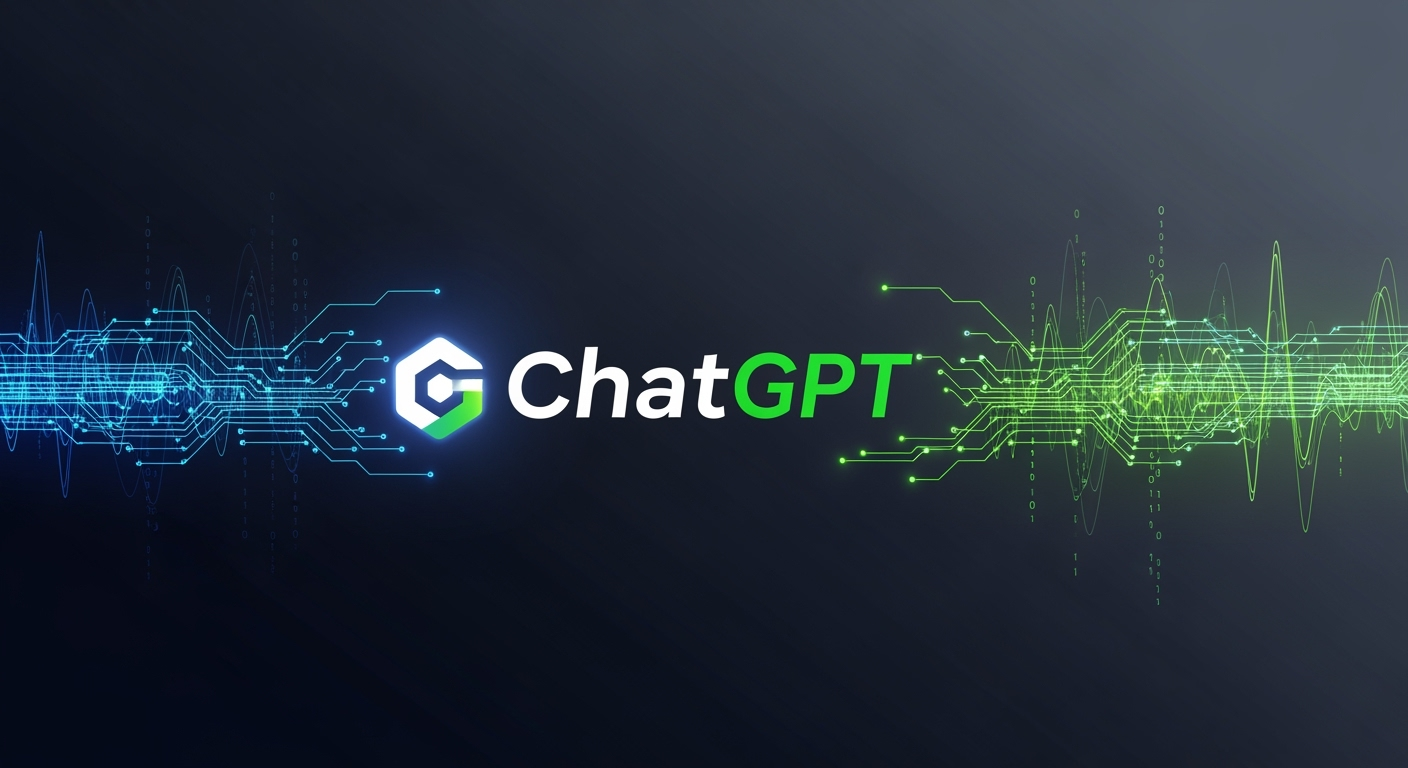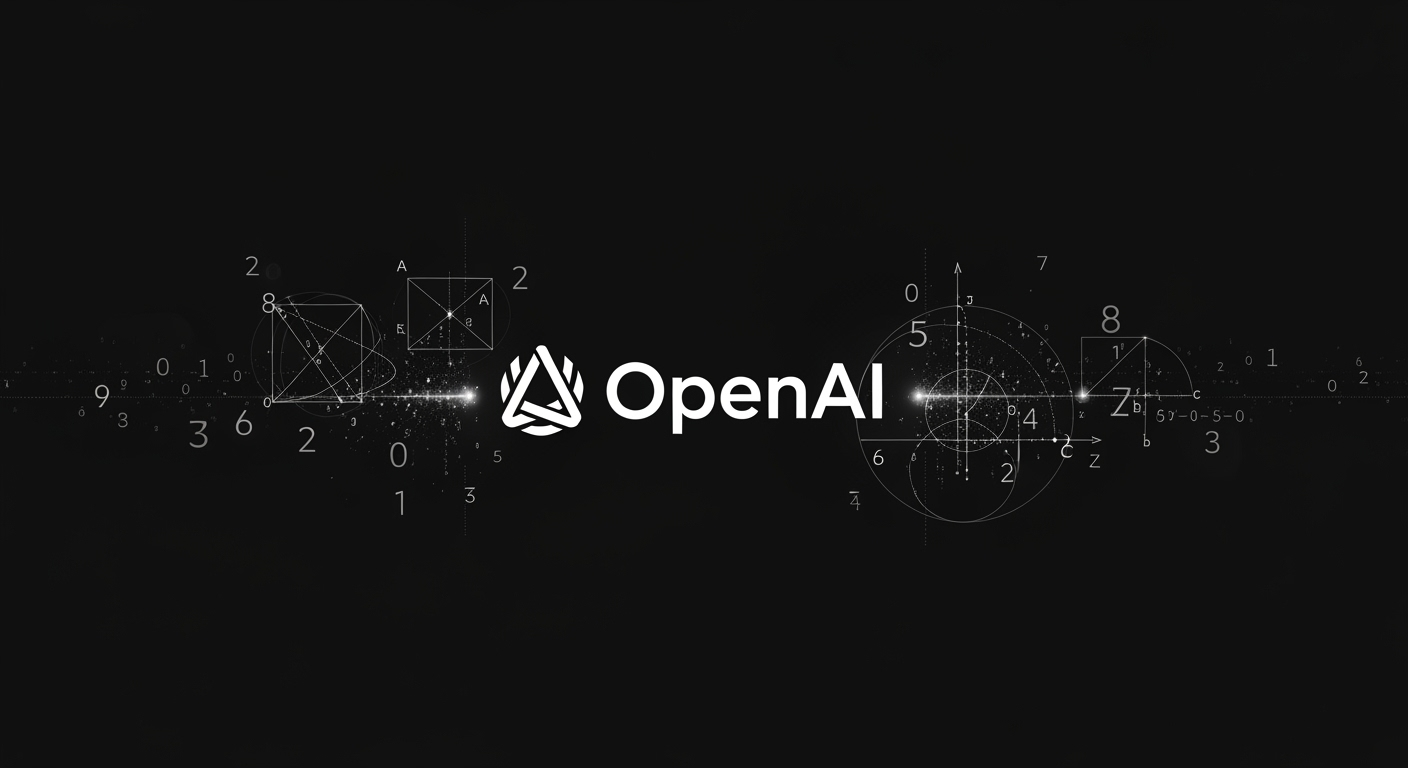OpenAI Reintroduces ChatGPT Model Picker: What Businesses Need to Know

OpenAI Brings Back ChatGPT Model Picker: Key Takeaways for Businesses
OpenAI’s latest update to ChatGPT brings back some familiar complexity to its interface, despite recent efforts to simplify the user experience with the launch of GPT-5. For business owners and AI enthusiasts, understanding these changes is essential to leverage ChatGPT most effectively in daily workflows.
GPT-5: Not the One-Size-Fits-All Solution
When GPT-5 was introduced last week, OpenAI positioned it as a unified AI model that could automatically determine the best way to answer user prompts. The "model router" feature was supposed to remove the need for users to manually select from a list of models. However, feedback from users revealed that this approach didn't fully meet everyone’s needs. OpenAI CEO Sam Altman announced on X that ChatGPT users now have three selectable modes: "Auto", "Fast", and "Thinking"—each catering to different preferences for response speed and depth.
- Auto: The default, allowing the AI to choose the best model for your prompt.
- Fast: Prioritizes quick responses, useful for rapid exchanges.
- Thinking: Offers more thoughtful, in-depth answers—ideal for complex queries, but with a weekly limit for heavy use.
This reintroduction gives users more direct control over their ChatGPT experience, but also returns some of the complexity that OpenAI initially aimed to eliminate.

Legacy Models Make a Comeback
In response to user backlash, OpenAI has also restored access to several older models for paid subscribers, including GPT-4o, GPT-4.1, and o3. These models were deprecated just a week prior, but their unique personalities and response styles had fostered a loyal following.
Altman noted that the company is working on refining GPT-5’s personality, aiming for a warmer tone that avoids the perceived annoyances of previous models. More importantly, OpenAI recognizes the need for greater customization so users can fine-tune the AI’s behavior to their liking.
Why Does This Matter for Businesses?
For businesses integrating ChatGPT into operations or customer service, these changes mean:
- Greater Flexibility: Teams can choose the model mode that best suits their needs, whether that’s speed for quick customer interactions or depth for research and analysis.
- Consistency Challenges: With multiple modes and legacy models available, maintaining a consistent AI interaction standard across an organization could become more complex.
- Advance Notice for Deprecations: OpenAI has pledged to give users more warning before phasing out popular models in the future, helping businesses plan transitions.
Ongoing Challenges and User Preferences
Routing user prompts to the optimal AI model is a non-trivial challenge. User preferences can extend beyond just response speed—some may favor the verbosity or unique style of a particular model. Recent events, like the community-organized "funeral" for Anthropic’s retired Claude 3.5 Sonnet model, highlight how people can become attached to specific AI personalities.
Overall, OpenAI’s recent moves show that user feedback is quickly shaping product direction, but also that there is no clear consensus on what the ideal AI interaction should look like. Businesses should keep monitoring these developments to ensure their AI-driven applications remain user-friendly and effective.





